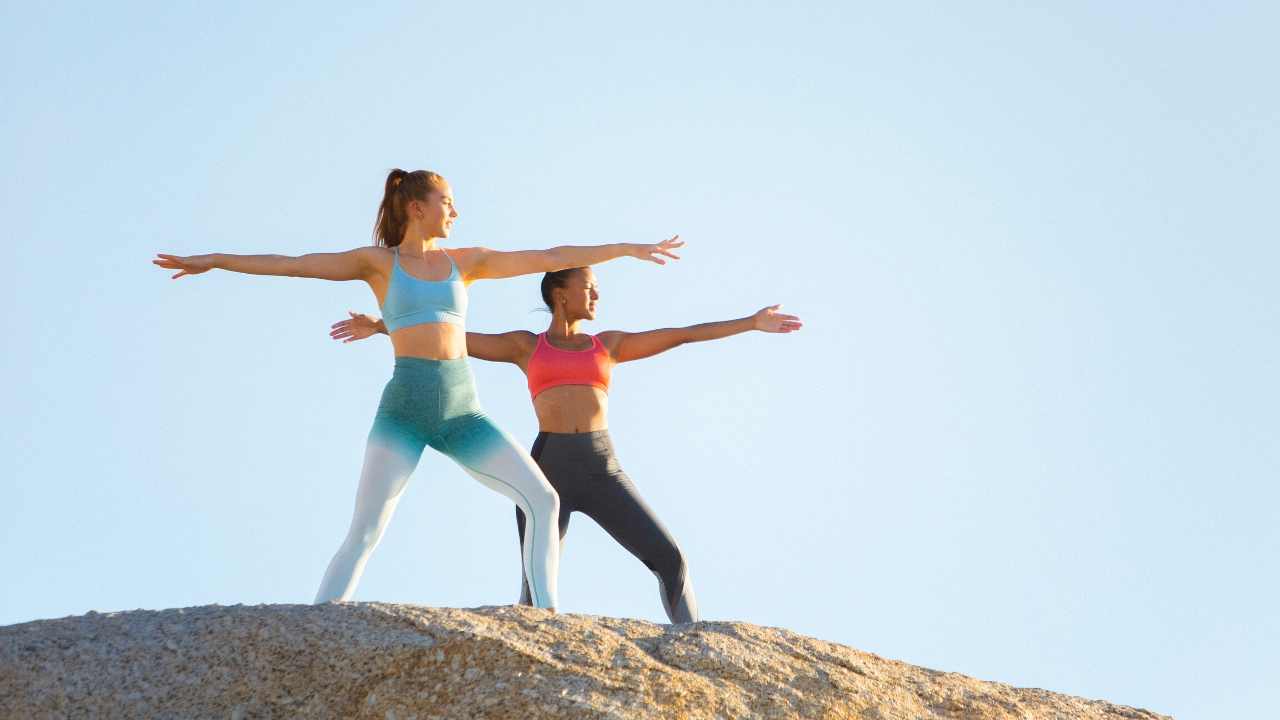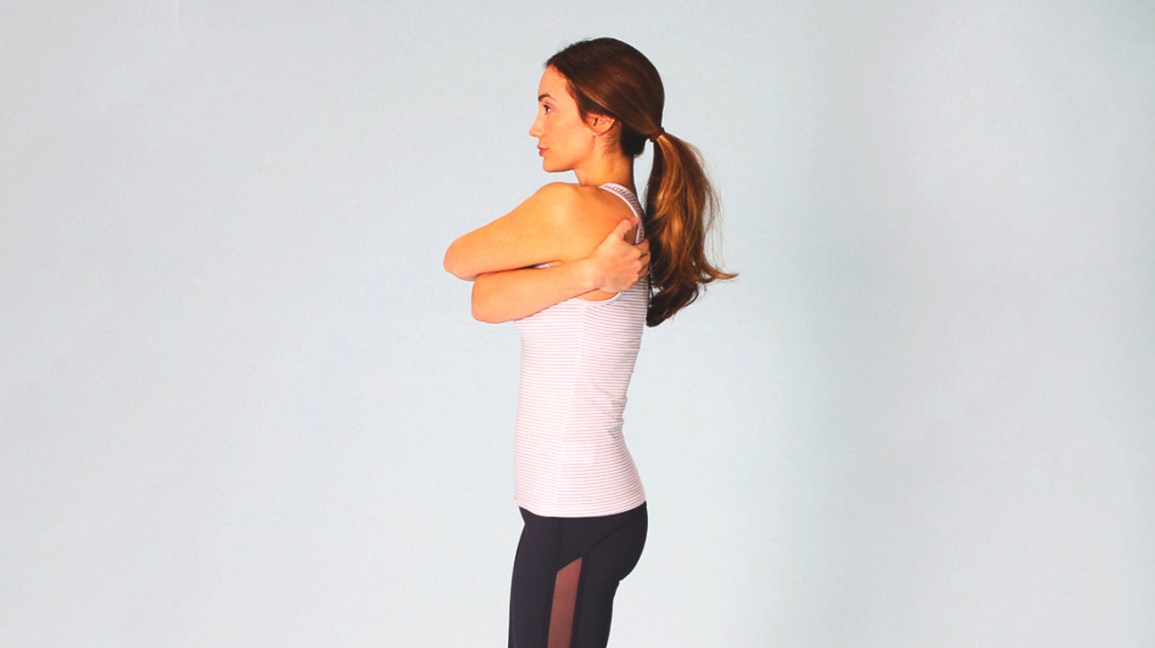
Yoga poses for anxiety are a great option if you have anxiety. These poses can help you relax, calm down your mind, and improve your overall well-being. Before you can try any yoga poses for anxiety, you'll need some supplies. A yoga mat, blanket, or eye pillow and a towel are all you will need.
Child pose
The Child pose can be used for anxiety relief. This pose requires you to sit back on your heels and extend your arms in front. You should then tilt your hips backward. Your upper body should be relaxed by allowing your shoulders to drop towards your ears. If you find the Child pose uncomfortable, you can try modifying it by folding blankets underneath your knees.
Child's Pose also encourages deep diaphragmatic breathing, which helps to reduce anxiety. Because it's so tight, the exhalations are longer, encouraging deep breathing.
Staff pose
The Staff Pose can be performed anywhere. It is comfortable to use and can help improve posture and balance. This can help you to feel more relaxed and taller. Here's how. The Staff Pose is a variation of downward dog.

This pose is great for beginners or more experienced yoga practitioners. You can use a chair as a support, which will help to release tension and anxiety. This pose is great for those with back pain or sciatica. It's also great for anyone looking to improve their posture.
Forward bend
Forward bend is a great pose for anxiety. This activates your parasympathetic nervous, which helps you release stress. For example, in the downward facing dog, your body will be bent forward while your hands are spread to the sides. While you focus on your breath, you will keep the pose. In contrast, back bending poses activate the sympathetic nervous system, which puts your body in a state of alertness. In addition, they increase blood flow.
To practice the forward fold as an anxiety yoga pose, you must first be comfortable in it. To make this position more comfortable, place your heels hip-width apart. Evenly distribute your weight evenly between your feet. For balance, you can place your hands between your legs and behind your head. You can relax your body by slowly bringing your foot up after you are done with the pose. If your hips and back feel tight, place your feet on the ground or wrap a strap around them.
Garland pose
Garland pose helps relieve anxiety by opening the hips and legs. It improves balance, digestion, and overall health. It is also helpful for strengthening the back. Beginners should practice it with the help of a block under the hips. They should slow down and hold the pose for about a minute.
Garland pose is also known as Mountain Pose and is a meditative pose. This pose strengthens your lower back and improves your range of motion. This pose is ideal for those who spend a lot of time sitting.

Supine Spinal Twist
Supine Spinal Twist (one of the most relaxing yoga positions) can help to overcome anxiety and improve mood. This pose helps to relax the spine and shoulders and also massages the internal organs. It is also great for relieving back and neck tension.
Place your left foot outside your right buttocks and sit down. Bring your right knee to your chest while your left foot is outside of your right buttocks. Next, raise your left arm above your right knee and twist to the right as you exhale. You can hold this position for a few moments to allow your brain to calm.
FAQ
How long does it take for you to learn yoga?
As with any skill, you must train your brain to perform yoga correctly. But once you've learned basic positions, you'll be able to practice yoga at home without much trouble.
To start, complete about 20-30 minutes of warm-ups before beginning your class. Next, spend 5-10 minutes warming your body with simple stretches. Then, move on to more challenging poses.
After mastering the basics, you can progress to intermediate classes where you will learn more advanced moves. For instance, if you're just beginning yoga, you might start by learning standing poses like the Tree and Mountain (Vrksasana), respectively.
Do I need to have special equipment in order to do yoga?
Yoga is a sport that can be done without any special equipment. You may prefer to use specific props like blocks, straps, or blankets.
If you are interested in buying these items, please check out our Yoga Equipment Guide. We prefer products made from natural materials to plastic.
What does research show about yoga for wellness?
Yoga has been proven to be beneficial in improving mental health and stress management, as well as overall well-being. It can help you lose weight, improve your body mass index (BMI), and keep you healthy.
Yoga can lower blood pressure, improve cardiovascular function, and boost immune system functioning.
These are just a few benefits of yoga.
The list is endless!
Statistics
- In comparison, a 125-pound person is estimated to burn 135 calories in 30 minutes of walking (at a pace of 15-minute miles) and 210 calories bicycling at a moderate pace on a stationary bike. (everydayhealth.com)
- Gentle yoga has been shown to ease some of the discomforts of tender, swollen joints for people with arthritis, according to a Johns Hopkins review of 11 recent studies. (hopkinsmedicine.org)
- Start your Fall off right with 20% off All Access Membership when you sign up by 9/25! (corepoweryoga.com)
- According to calorie estimates calculated at Harvard Medical School, the average 125-pound person burns about 120 calories in a half hour of hatha yoga, and a 185-pound person burns about 178 calories in that half hour. (everydayhealth.com)
- A 2020 review of 27 studies (1,805 total participants) of yoga interventions in children or adolescents found reductions in anxiety or depression in 70 percent of the studies, with more promising results for anxiety. (nccih.nih.gov)
External Links
How To
What is your ideal position for practicing yoga?
There are no wrong or right ways to practice yoga. Each person has their style. You only need to know which positions feel comfortable for you.
Here are some commonly used positions:
For beginners, standing poses are a good choice because you can see your body from various angles. These poses make it easier for you to focus on your breath.
Forward bends - Forward bends are often used to open up tight areas of the body. They can be used while lying down or sitting.
Backbends: Backbends can be considered advanced poses. You should consult your instructor before you attempt one.
Inversions - These are poses that require you upside down to balance. This type of yoga is challenging, but it can be rewarding.